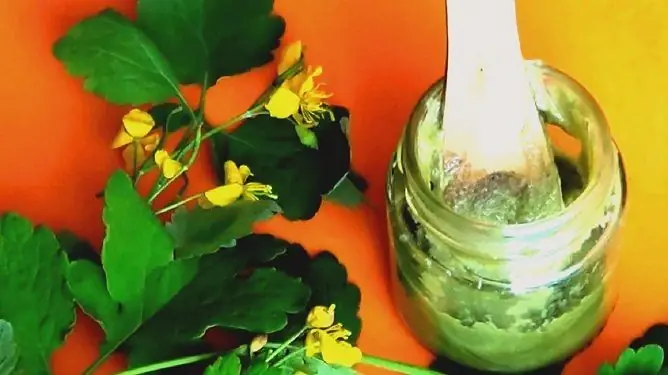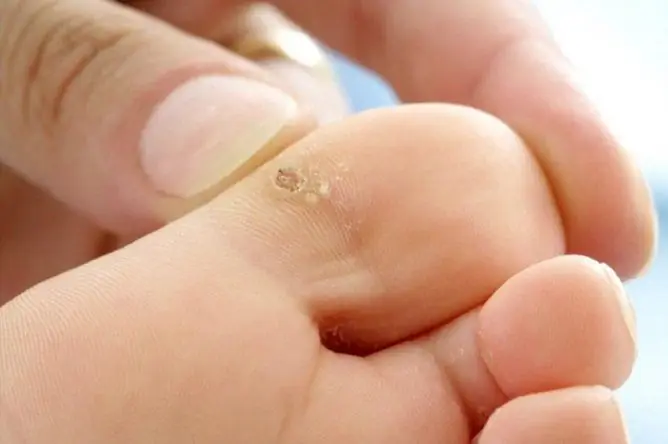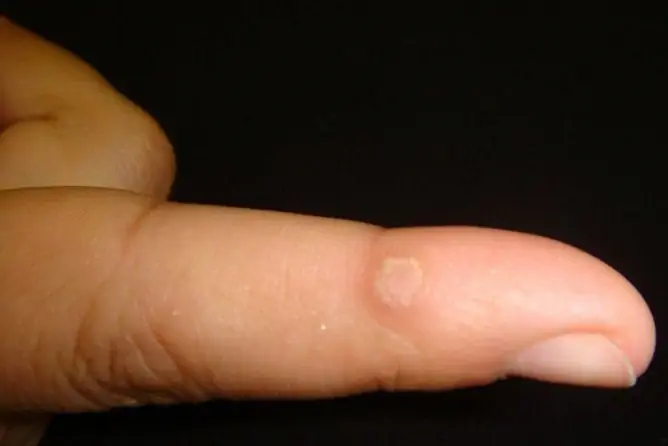- Author Rachel Wainwright [email protected].
- Public 2023-12-15 07:39.
- Last modified 2025-11-02 20:14.
6 ways to get rid of allergic rhinitis at home
Runny nose, swelling of the nose, itching, watery eyes are characteristic symptoms of allergic rhinitis resulting from the ingress of allergens (pollen, house dust, animal hair, etc.) on the nasal mucosa. The unpleasant sensations are often troubling, causing headaches, irritability, sleep disturbances, and in some cases, a state close to depression. How to get rid of unwanted companions of the disease if there are no antiallergic drugs at hand? In fact, you can alleviate the course of the disease using simple procedures at home.
Rinsing the nose
As a daily hygienic procedure in India (jala neti), nasal lavage has established itself as not only a curative, but also a prophylactic means, preventing infection with many infectious diseases. For these purposes, a neti-pot is used - a small kettle with a narrow spout, which facilitates the process of irrigating the nasal mucosa (instead of a kettle, you can use a syringe, a syringe without a needle or a saucer).
To destroy allergens, a simple solution of table or sea salt is prepared, which, by thinning mucus, facilitates their excretion. You can also use an iodine solution (2 drops per glass of water) or decoctions of chamomile, sage, calendula - but only if you are not allergic to iodine and herbs. Tilting the head, pour the contents of the teapot into one nostril, and then into the other, making sure that the liquid gets into the nasopharynx.
It is forbidden to carry out the procedure in case of acute inflammation of the middle ear (otitis media), epilepsy and frequent nosebleeds.

Source: depositphotos.com
Steam inhalation
The advantage of steam inhalation is that, diluting the nasal secretion with rhinitis, hot air affects not only the mucous membrane, but also the paranasal sinuses. Thus, the nasal membranes are quickly moisturized, clearing them of allergens and bacteria. A special device (nebulizer) or a saucepan filled with water is used for the procedure. Solutions for inhalation can be made according to the following recipes:
- decoction of potatoes (with tubers);
- heated (not higher than 50 ° C) salt solution (1 tsp per 1 liter of water);
- hot soda solution (1 tsp per 1 liter of water);
- decoctions of pharmaceutical herbs (chamomile, calendula, mother-and-stepmother) - 1 tsp. dry herbs per 1 liter of boiling water.
Breathe with both nostrils. After 10-15 minutes of treatment, for maximum effect, it is recommended to wrap your face with a warm handkerchief.
Inhalation should not be carried out immediately after eating, with fever and exacerbation of existing chronic diseases (arterial hypertension, decompensation of diabetes mellitus, etc.).
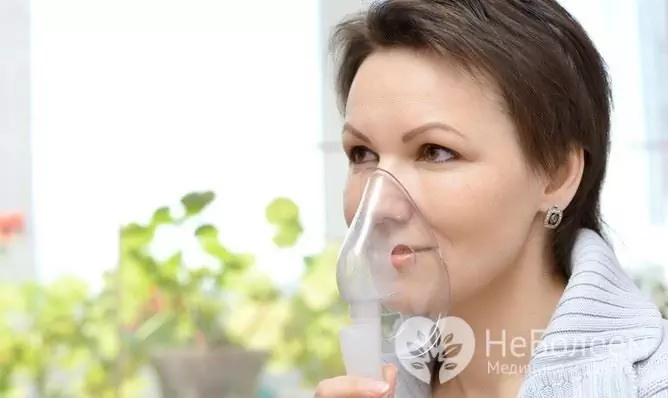
Source: depositphotos.com
Warming up the nose
The procedure for warming up the nose for allergies is similar to the action of steam inhalation - only no liquid is required for its use. Coarse, well-calcined in a frying pan, salt is wrapped in a cloth bag and applied to the sinuses. In addition to salt, you can use buckwheat, millet, rice, regular sand or a hot hard-boiled egg.
Exposure to temperature accelerates blood flow to the vessels, as a result of which allergens are removed from the nose along with mucus. It is important to distinguish allergic rhinitis from sinusitis, since if there are purulent contents in the sinuses, warming is contraindicated.
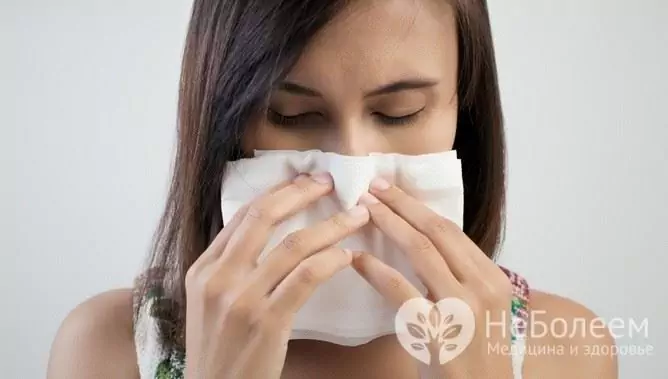
Source: depositphotos.com
Essential oils
In the absence of the possibilities listed above, you can inhale essential oils diluted in hot water, most of which have an anti-inflammatory and antiseptic effect (8-10 drops per 1 liter of water), for example, menthol oil, eucalyptus, juniper, fir, tea tree oil. To reduce edema, essential oils are rubbed into the maxillary sinuses or buried in the nasal cavity. The medicine is prepared by taking olive oil (50 ml) as a base and adding a few drops of pine, rosemary, sage or peppermint essential oil to it. A good effect is provided by instilling Kalanchoe juice into the nose.
A contraindication to the procedure can only be an individual intolerance to one or another oil.
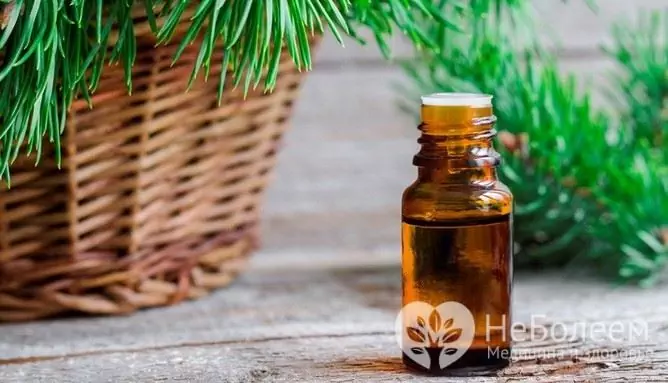
Source: depositphotos.com
Acupressure
This ancient technique, acupuncture, allows you to relieve swelling of the nose, causing an improvement in blood circulation in the tissues. It can be done like this:
- putting thumbs on the wings of the nose, rotate clockwise for 1-2 minutes;
- with the pads of the middle, ring and little fingers, gently influence the area from nose to ears (under the eyes);
- use three fingers of both hands to massage your forehead.
Despite the fact that touching some points of the face may be accompanied by pain, it is recommended to subject them to massage until the discomfort disappears.
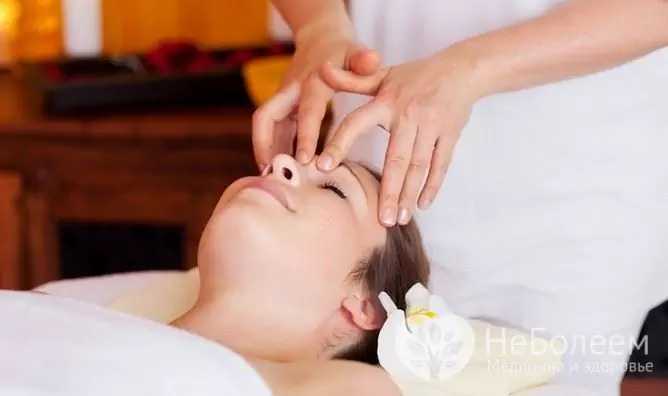
Source: depositphotos.com
Spices
Some spices and foods have the ability to instantly clear the mucous membranes and sinuses of the allergens that cause swelling. First of all, onions, garlic, peppers (black, red, chili), mustard, horseradish, wasabi, ginger contribute to this.
When eating spicy food, one should not forget about its negative impact on the mucous membrane of the esophagus and stomach. Therefore, in the presence of diseases of the gastrointestinal tract (gastritis, ulcers), it is better to get rid of allergic rhinitis in another way.

Source: depositphotos.com
YouTube video related to the article:

Maria Kulkes Medical journalist About the author
Education: First Moscow State Medical University named after I. M. Sechenov, specialty "General Medicine".
Found a mistake in the text? Select it and press Ctrl + Enter.


